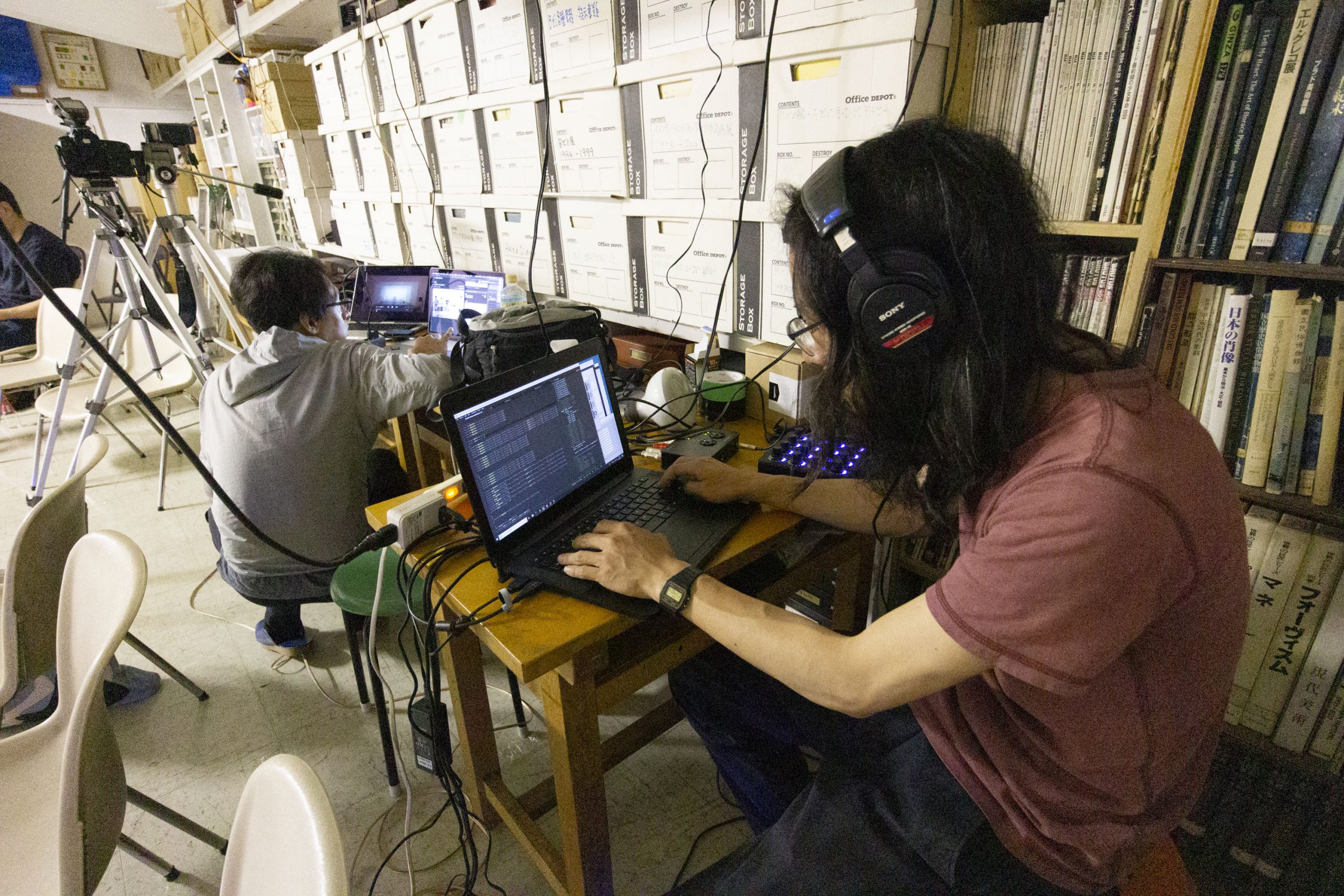


This sounds like a portion that we can cope with given that we cope with much more than this all the time. The robots (or computerisation) are going to cause only 15% of all job destruction over the period. This would appear to be something that the economy can take in its stride.

And they're claiming that 45% will be destroyed by the robots: that 45% of current jobs, or 60 million or so. Over two decades we would actually expect some 400 million jobs to be destroyed: 15% of all jobs every year. Now back to our prediction that 45% of all jobs are vulnerable to being done by the computers/robots. That unemployment doesn't rise by 20 million each year is because some to all of them find other jobs, among those jobs newly created. Or, roughly, 20 million peoples' jobs are destroyed each and every year. There's some 130 million jobs in the US and 15% of them are destroyed each and every year: and yes, a lot of that is indeed technological advancement. That number is a little old but we're only estimating things here. But there is a slump in the number of people being able to find new ones, thus the lengthening unemployment lines.įurther, look at the number of jobs that are destroyed every year: 15.4%. And it's true that in recessions there's no great leap in the number of people losing their jobs. The unemployment figures are not really the number of those who have lost their jobs: they are the number who have done so and have not found a new one. In one sense of course that's true but it isn't in the way we normally think about it. We generally think of unemployment as being the number of people who have lost their jobs. These statistics demonstrate that there are a sizable number of jobs and businesses that appear and disappearĭuring the relatively short time frame of one year. Furthermore, 15.0 percent of establishments opened and 13.0 percent of establishments closed between March 1999 and March 2000. This could possibly be due to the sizing issue, but I would recommend trying on the gloves whilst simulating hand placement on the handlebars if possible.March 2000 did not exist one year earlier, and 15.4 percent of jobs in March 1999 do not exist one year later. I tended to get the ridge of the pad digging in, which started to get a bit sore after a few hours. It’s well padded, but possibly not in the correct place. My only gripe with the Phew winter glove is the padding which covers the palm. Size wise, the medium which is my normal glove size (I’ve got hands like shovels) came up a little too big on me, so I would recommend going a size down, but it does mean I can easily fit a liner underneath. Less kit does mean less faff, but a handy pair of liners for the odd very cold day would mean that the glove would probably go all season. Given the average winter temperature we ride in in the UK, I think that the Phew Early Winter Glove actually gives a good option for the majority of the season, save for soggy days. The gloves have an excellent grip, fully tested at the velodrome when reaching for the metal fence after coming in from a lap, and whilst pulling up a hill on the bars in a seated climb- all good stuff. All in all two comfortable options- necessary for long winter hours on the bike where taking off garms is simply not an option. There are no raised seams that dig in to the skin. The stretchy cuff can either fit snugly under a jacket cuff, or be stretched over the top. The Phew gloves feature a long cuff, which makes me as an owner of long arms, very happy indeed. It’s a classic example of what smaller brands can produce to match the big guys. The Phew logo looks great, it’s not in your face, nor too feminine. The Phew Early Winter gloves have classic, understated styling. Phew are a small cycling clothing company based in Bristol. Phew have produced a very good mid weight winter glove at a decent price point. When the Phew Early Winter gloves arrived on my desk my digits rejoiced.


 0 kommentar(er)
0 kommentar(er)
